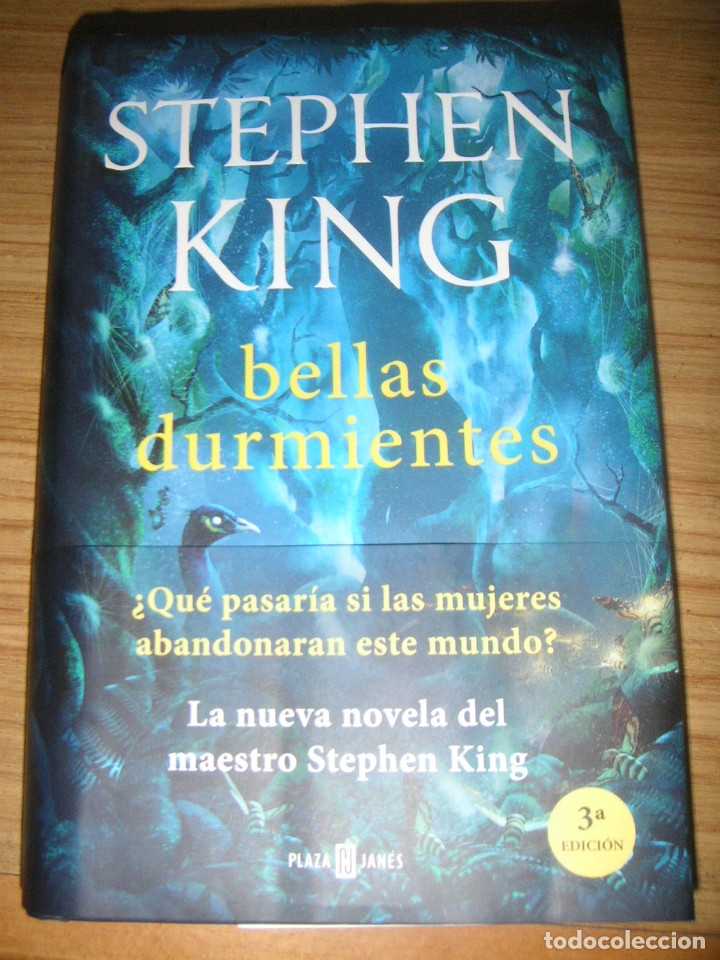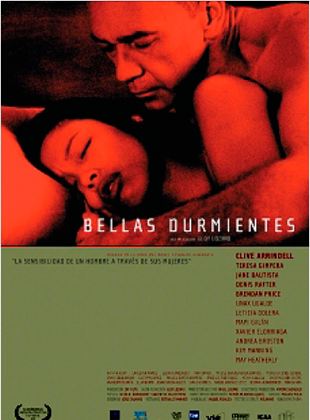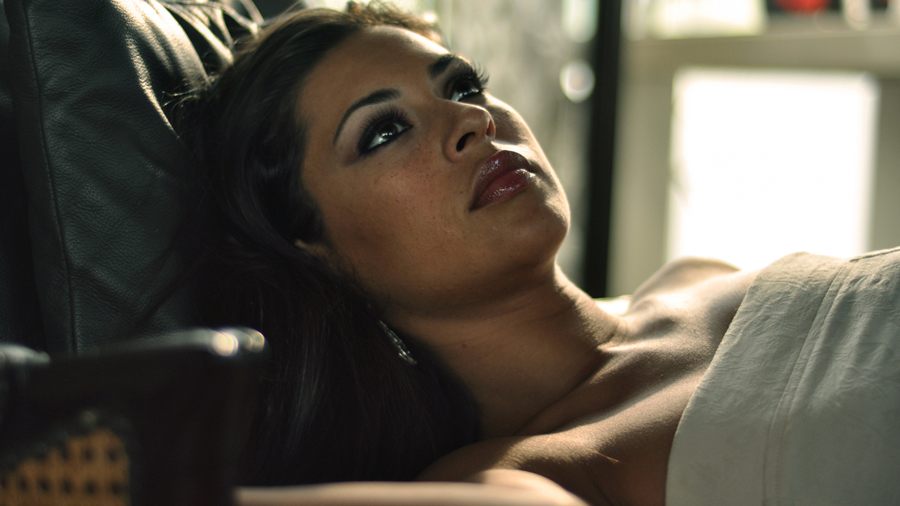

After some time, she is found by a prince and is awakened. Instead of dying, as was foretold, the princess falls into a deep sleep. The parents rid the kingdom of these items in the hopes of protecting their daughter, but the prophecy is fulfilled regardless. In Perrault's and the Grimm Brothers' versions, the item is a spindle. In Basile's version, the princess pricks her finger on a piece of flax. The folktale begins with a princess whose parents are told by a wicked fairy that their daughter will die when she pricks her finger on a particular item. Following these early renditions, the tale was first published by Italian poet Giambattista Basile who lived from 1575 to 1632.Īn older image of the sleeping princess: Brünnhilde, surrounded by magical fire rather than roses (illustration by Arthur Rackham to Richard Wagner's Die Walküre) Even earlier influences come from the story of the sleeping Brynhild in the Volsunga saga and the tribulations of saintly female martyrs in early Christian hagiography conventions. The second part of the Sleeping Beauty tale, in which the princess and her children are almost put to death but instead are hidden, may have been influenced by Genevieve of Brabant. Another early literary predecessor is the Provençal versified novel Fraire de Joi e sor de Plaser (c.

She realizes from the ring Troylus left her that he was the father, and Troylus later returns to marry her. Troylus finds her and rapes her in her sleep when their child is born, the child draws from her finger the flax that caused her sleep. Her father sends him to perform tasks to prove himself worthy of her, and while he is gone, Zellandine falls into an enchanted sleep. In this tale, a princess named Zellandine falls in love with a man named Troylus. The story has been adapted many times throughout history and has continued to be retold by modern storytellers throughout various media.Įarly contributions to the tale include the medieval courtly romance Perceforest (published in 1528). The Aarne-Thompson classification system for folktales classifies "Sleeping Beauty" as being a 410 tale type, meaning it includes a princess who is forced into an enchanted sleep and is later awakened reversing the magic placed upon her. The version that was later collected and printed by the Brothers Grimm was an orally transmitted version of the literary tale published by Perrault. Basile's version was later adapted and published by Charles Perrault in Histoires ou contes du temps passé in 1697.

The tale was first published by Giambattista Basile in his collection of tales titled The Pentamerone (published posthumously in 1634). The earliest known version of the story is found in the narrative Perceforest, composed between 13. The good fairy, realizing that the princess would be frightened if alone when she awakens, uses her wand to put every living person and animal in the palace asleep, to awaken when the princess does. " Sleeping Beauty" ( French: La Belle au bois dormant), or " Little Briar Rose" ( German: Dornröschen), also titled in English as " The Sleeping Beauty in the Woods", is a classic fairy tale about a princess who is cursed to sleep for a hundred years by an evil fairy, to be awakened by a handsome prince at the end of them. Histoires ou contes du temps passé (1697), by Charles Perrault Pentamerone (1634), by Giambattista Basile La Belle au bois dormant (The Sleeping Beauty in the Woods) Dornröschen (Little Briar Rose)

The prince finds the Sleeping Beauty, in deep slumber amidst the bushes.


 0 kommentar(er)
0 kommentar(er)
